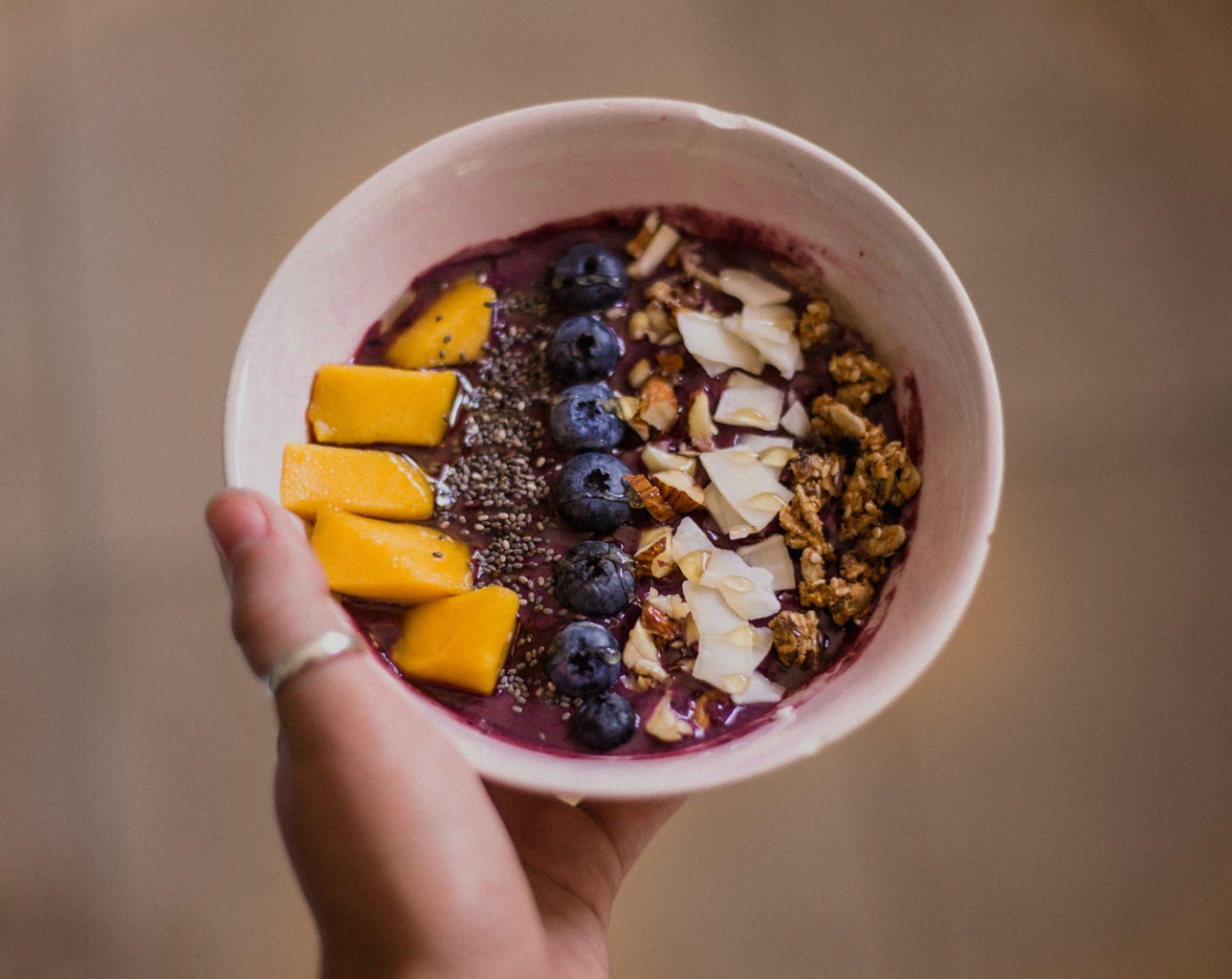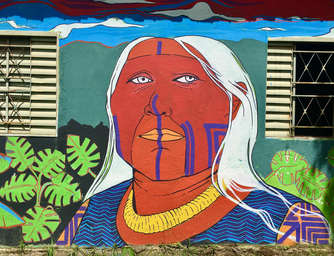In countries brutally stolen from their native people, it is no surprise some of their steps seem to disappear throughout the years. You have probably been to a city named after an indigenous language or bought something from a brand that uses their cultural symbols as a marketing strategy.
Recently, a case of indigenous protected lands being sold on a Facebook group was reported to the media. As expected, it brought up some ethical discussions, most regarding the importance of natives for the building of society. What industry has been doing to culture is not much different from what we have seen in the past centuries: while tons of political and social issues affect their ways of living, forcing them to adapt to the habits of their old colonizers’ descendants, we just live our regular lives, incorporating a lot of native techniques to our everyday basic things — such as cooking, celebrating and eating — and don’t even think about it.
It is very common in some parts of the world to have plenty of options of thematic restaurants; we never see, though, a native cuisine one. Despite being very common to eat meals that come from their traditions — tapioca, tanajura farofa, maniçoba, and a large variety of fishes — they are never properly tributed to these people.
As an outstanding part of a culture, gastronomy may help us create deep bonds with history and likely with our own antecedents. This article may get you to know what was appropriated from these people in our culinary. So, it should help you start being more respectful and reflective about it. Keep scrolling to find out how!
Store-bought Items And Techniques

You might not know it, but the popcorn we buy on lazy days or the açai that has become a trend is both of long-time indigenous knowledge; just like manioc, tapioca dough, and some fruit pulps. However, ingredients are not the only thing we kept from native gastronomy — some process of cooking our meals were also acquired by passing on their methods from generation to generation. Baking techniques, fermentation, boiling poisonous plants for days before eating it, conserving meat with salt: we owe indigenous people for all of these (and many others) that nowadays are an active part of our lives.
Celebration Food

Forms of socialization may vary a lot all over the world and its different communities. Nevertheless, one can “borrow” their tradition to others, casting their nets wide in terms of habits. And one you can notice is how barbeque is recurrent in parties, family, or even work reunions. Although it is often attributed to various peoples and regions, it is also a very common and old indigenous practice.
Also, the consumption of mate herb, which has become a popular way to befriend in Brazil. Even if you do not eat or drink the same they do, you probably do have some friendship rituals similar to homegrowns’. You might just replace the herb with juice, beer, or a good wine.
Natural Healthy Alimentation

As it has been said before, some native products were adapted to the ultra-processed industrialized gastronomic world. Unlike urban livings, most indigenous peoples prefer to keep their nutrition strictly natural, living with food provided by nature — of course, each community has its own peculiarities, and not necessarily all of them do it by the book.
A photographic study by Gregg Segal analyzed, in 2018, children all around the world and their nutrition. The project Daily Bread consisted of taking pictures of occidental kids by the side of their daily meals. The 9 years old Kawakanih Yawalapiti, from the Alto Xingu society (Mato Grosso, Brazil), was one of the only ones whose picture wouldn’t show any junk food.
The return of natural alimentation, nowadays a trend defended by some bloggers and influencers, shouldn’t be a huge innovation for us, since it has never stopped being a trend for them. A good way not to forget this is, instead of consuming only this North-American “new” content, look for diversity in this type of matter – it might be not only healthier, but also a lot cheaper than you’re used to.
What We Keep From Them (And What We Owe Them)
Knowing we have appropriated indigenous culture is, indeed, essential; but still not enough. It’s ok if you prefer to follow your maternal culture and culinary, as long as you never forget where it comes from and why do you still preserve such a distant background. Understand we are the ones who took their spaces and always have in mind that indigenous people still exist — despite being hugely treated like exterminated societies, they live their own lives by their very own culture.
Whenever you consume something, try to remember where it comes from and why you have access to this. Years of genocide and its consequent fading of culture may have got you blind to your origins and history. Use cookery for everyone’s sake and make it a way to connect yourself to our unforgettable and unbreakable roots.
——————–
The article above was edited by Laura Enchioglo.
Liked this type of content? Check Her Campus Casper Libero home page for more!


